Ivory destruction riles Sadc countries
- By Zimpapers Syndication |
- 05 Mar, 2025 |
- 0
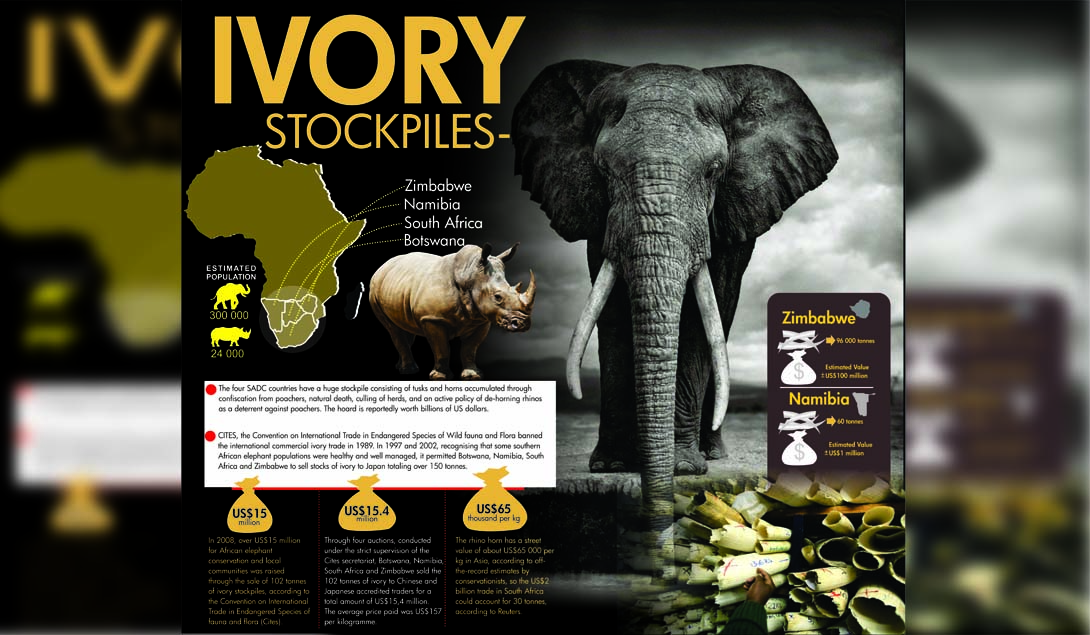
Sifelani Tsiko ---
Recent moves by Kenya to destroy 105 tonnes of ivory and 1.35 tonnes rhino horn with a combined market value of nearly US$200 million in a symbolic gesture aimed at shocking the world into putting an end to the slaughter of elephants tapped into the long – standing nervousness among Sadc countries which argue strongly in favour of using ivory proceeds for the protection and conservation of the region’s rich wildlife resource base.
Commentators and environmentalist from across the Sadc region expressed alarm over Kenya’s April 30 move to burn ivory stockpiles in a bid to raise national and international awareness on the illegal wildlife trade.
The historic move which led to the torching of the largest –ever ivory stockpile was supported by the African Wildlife Foundation.
“This is a tricky issue,” said a renowned Zimbabwe wildlife expert who declined to be named.
“I take poaching in the same way I take stealing. They are robberies who break into banks and still all the money, but do you burn all the money to stop bank robberies.
“These animal lovers are doing something very terrible to people with wildlife resources while they are not doing anything to those who are driving illicit trade in wildlife products.”
He said the burning of ivory which could fetch over US$100 million and rhino horn as much as US$80 million was insensitive to producing countries which are battling to raise funds to buy fencing materials and sophisticated technology to save wildlife.
“Tourism earnings have declined significantly in recent years for some Sadc countries and when you penalize them for saving elephants, you are destroying the very basis of their efforts to protect and conserve their wildlife,” he said.
Environment Africa official, Barney Mawire questioned the long term impact and motivation of the Kenyan government’s move to destroy its ivory resources, just before the 17th World Conference of Parties to the Convention on International Trade in Endangered Species of Wild Fauna and Flora (COP17 CITES) that will be held in Johannesburg from 24 September to 5 October 2016 this year.
“It’s too radical and emotional,” he said. “I don’t think this will bring the intended result. The money Kenya has burnt, in our case could have been ploughed back to conservation efforts, to support community livelihood programmes, support the purchase of sophisticated technology for animal surveillance and control, buy the GIS equipment and even drones.
“This is our position here in Zimbabwe and other Sadc countries. We are saying let’s use the money to resource the organisations that are mandated to look after our elephants.”
The environmentalist further argues: “Kenya should examine the whole market value chain. If you burn, it will certainly create more demand rather than drive it downward through an over- supply.
“We have more elephants than our carrying capacity. By burning the ivory, Kenya is showing its frustration with poachers, but I doubt very much whether poachers will be affected by this.”
Most Sadc countries which still hold large numbers of elephants say they are being penalised for saving elephants.
They argue that while the Cites ban has failed to protect the elephant, it has led to a disquiet among African countries like Zimbabwe, South Africa, Botswana, Namibia, Zambia, Tanzania and Swaziland.
These countries have managed to protect the animal and its population has increased beyond the carrying capacity of the land.
They say that ivory trade should not be banned because they need revenue from ivory sales to fund conservation efforts.
Many of these countries have stockpiles of ivory and they want to earn from its sale.
Zimbabwe example, has a stockpile of more than 90 tonnes, worth nearly US$13 million, obtained mostly from elephants that died a natural death.
Rather than being able to earn from it, Zimbabwe spends almost the same amount ($13 million) every year on retrieving, preserving, transporting and storing ivory, say wildlife officials.
The country which is still under economic sanctions has battled to finance ZimParks, its arm mandated to manage its wildlife resources.
Mike Norton-Griffiths, a consultant in the economics of conservation was quoted in the media saying he had concerns about the burn.
He argues that destroying tusks could make poaching more attractive. He also feels that the mass burning will not make any impact at all.
“There have been 27 other burns in 16 countries [where] 160 tonnes have been destroyed. It has had no effect that anyone can find anywhere in the ivory world. And it has had no effect on consumption,” he said.
“It doesn't seem to have an impact on prices — it's almost reckless on the part of the Kenyans.”
Norton-Griffiths said the burn could put more elephants at risk, because poaching could become more attractive due to an increase in price.
“In a commodities system, if you remove something, 5 per cent of the stocks, you would expect a price surge. Now this is not what the burn is meant to produce," he was quoted saying.
"Kenya has not even considered this."
Zimbabwe alongside other Sadc countries has been lobbying the EU to lift a ban on the importation of hunting trophies arguing the move had major repercussions on the economies.
Last year, the US imposed a ban on trophy hunting from the region after the killing of Cecil the Lion by an American dentist, Walter Palmer.
The EU also unveiled plans to ban the importation of trophies from Zimbabwe in the past few weeks.
The EU failed to push this bid through as only 135 of the required 376 votes were received by the trading bloc, after a vote.
Hunting activities play a key role in sustaining the management of wildlife in Zimbabwe and other Sadc countries.
“We realised that our fight did not just stand for Zimbabwe alone, but we represent other countries in the region like Namibia, Zambia, South Africa and Botswana,” Environment, Water and Climate Minister Oppah Muchinguri – Kashiri was quoted saying in the media.
“Several communities and hunters thrive on hunting, which they import across the globe, therefore this proposed ban only meant that EU was literally banning all hunting activities in Africa.”
Africa is facing an unprecedented spike in poaching and illegal wildlife trade which is threatening to decimate the continent’s rich wildlife resource base.
Poaching is threatening the survival of elephants, rhinos, cheetahs, lions, hippos and a whole list of other animals still found on the continent.
Wildlife crime is now prevalent across Africa with a complex web of highly dangerous international networks.
The poaching of elephants for ivory and other wild animals for their skins and bones has taken on new and deadly dimensions, with poachers using chemicals such as cyanide to poison wildlife.
Africa is home to between 450 000 to 500 000 elephants, but wildlife organisations say more than 30 000 are killed every year on the continent to quench demand for ivory in Asia where a raw tusk sell for around US$1 000 a kg.
And, those who argue in favour of the mass burning of ivory say stockpile destruction fortifies the credibility of demand-reduction campaigns in East Asia, without which the poaching problem will never be solved.
“Proponents of a regulated, legal international ivory trade argue that demand-reduction efforts can coexist with a limited legitimate supply. But this line of reasoning has a dangerous weakness: It assumes that a legal cartel – one proposed model for regulating supply – would crowd out illegal suppliers by providing ivory to the market at a lower cost,” wrote Ross Harvey a senior researcher at the University of Cape Town’s School of Economics and Chris Alden a professor at the South African Institute of International Affairs (SAIIA) in an online article recently.
“This assumption is dubious at best. The quantities traded through a legal mechanism would be insufficient to flood the market and suppress the price. Indeed, with legalized trade undermining demand-reduction efforts, the price of ivory is likely to remain high, ensuring that poaching continues.
The two academics even scoff at some southern African countries that argue that they should be allowed to sell their ivory in CITES-permitted, one-off sales to fund conservation efforts aimed at maintaining healthy elephant populations.
“But, aside from the low probability in some countries that the revenue would be directed to that end, it is not clear that much money would be made.
Under CITES regulations, governments are permitted to sell only to other governments. But what other governments are willing to pay may be as low as one - tenth of the illicit value,” Harvey and Alden argued.
They further say preserving – rather than burning – stockpiles is the inefficient choice as it was administratively and operationally expensive to maintain huge ivory stockpiles.
“Inventory management is labor-intensive and technologically demanding. The ivory also must be air-conditioned to prevent the tusks from cracking or becoming brittle (important factors for attracting higher prices),” the two academics said adding this was also open to corruption.
And, as time ticks away in the build –up to the Cites meeting, there are no easy answers to ivory issue.
No Comments



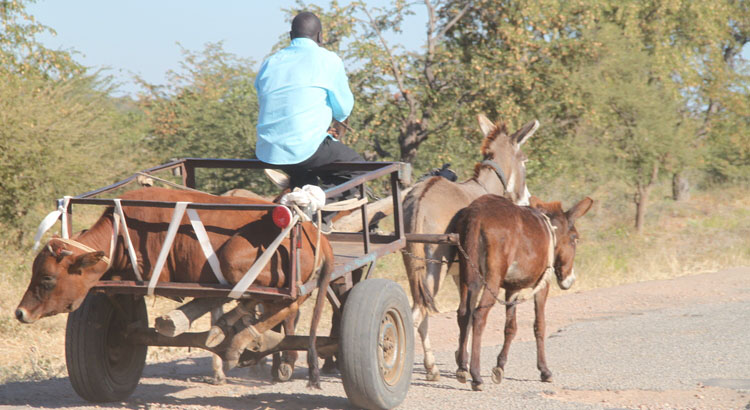


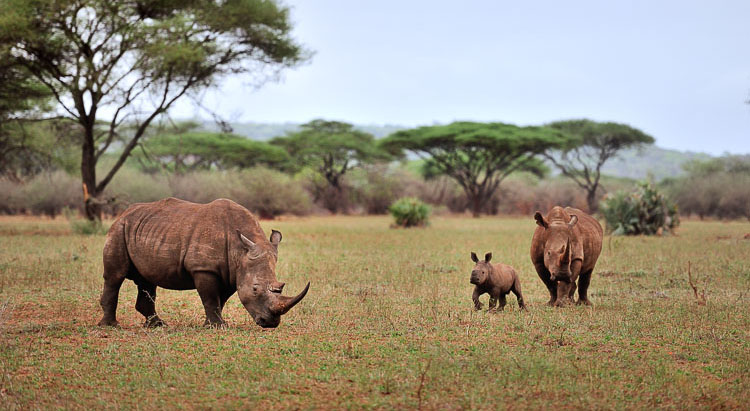
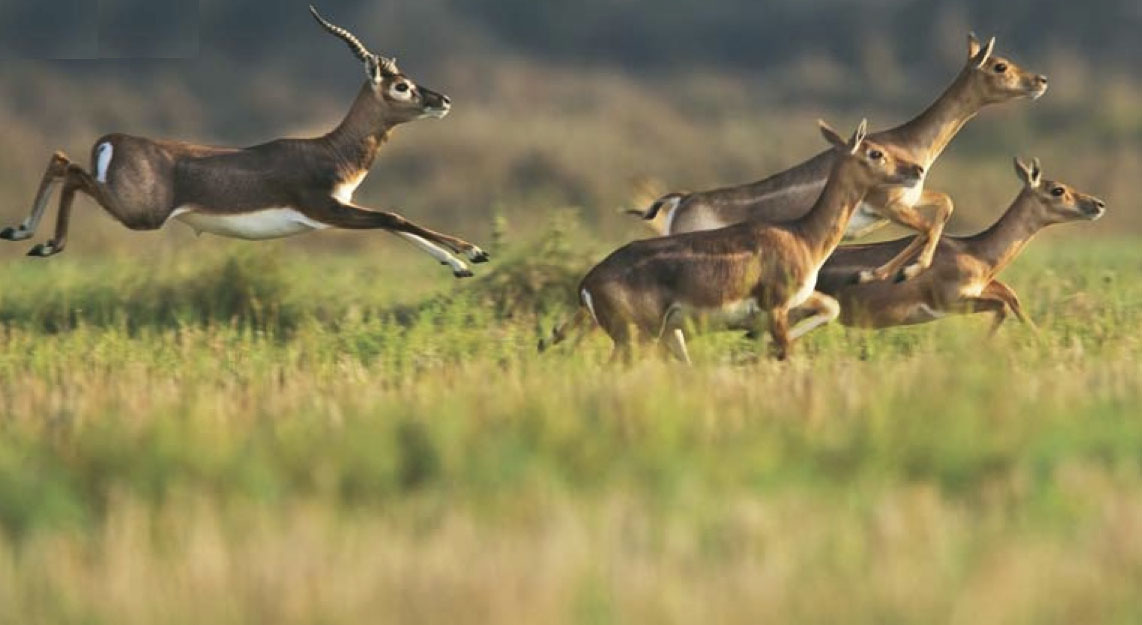

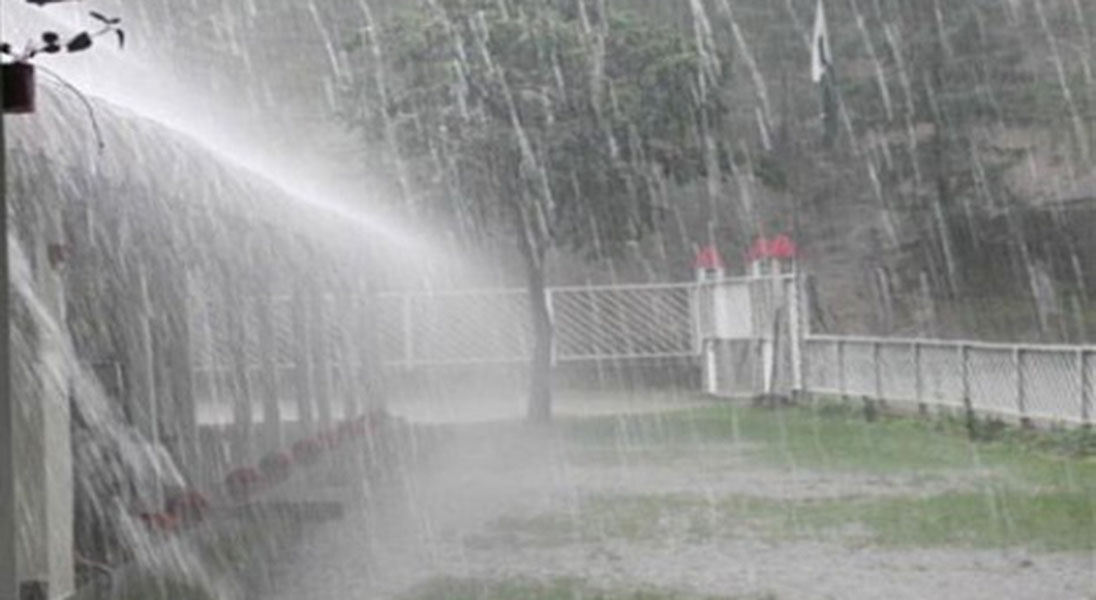
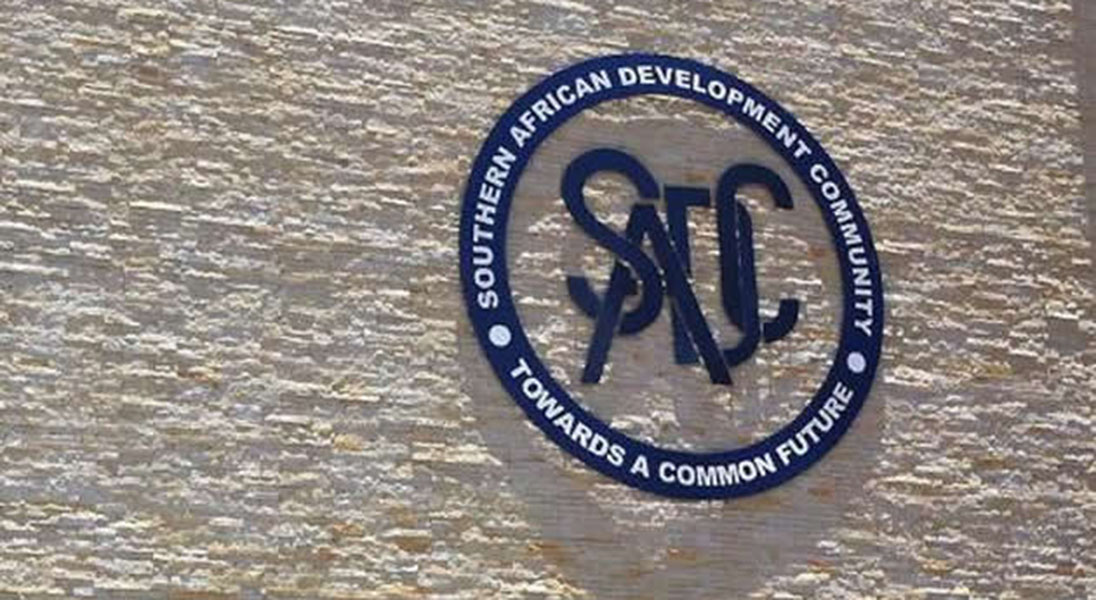
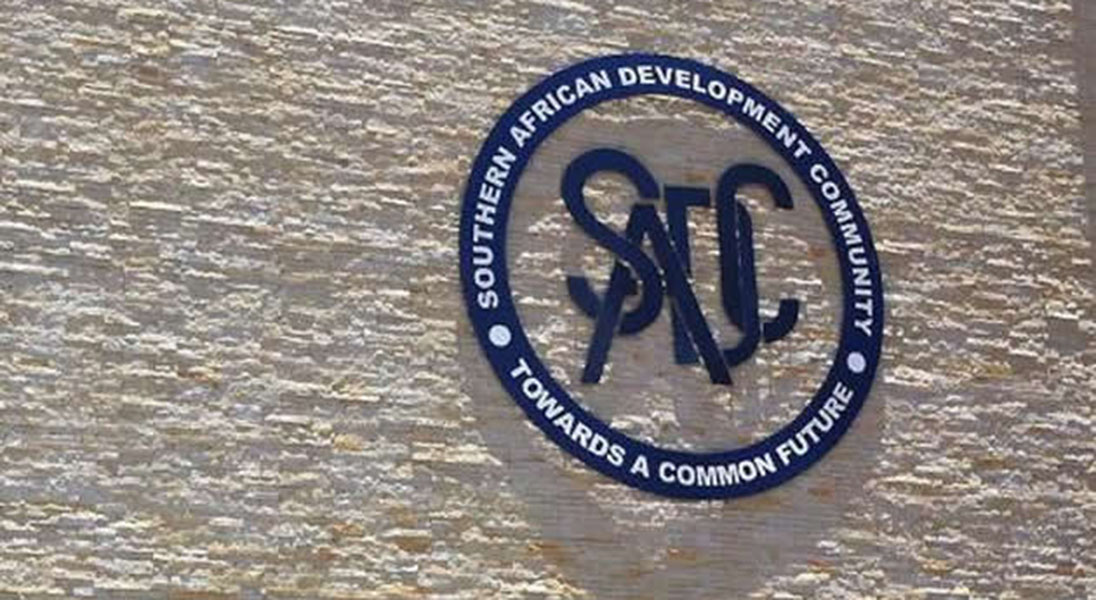
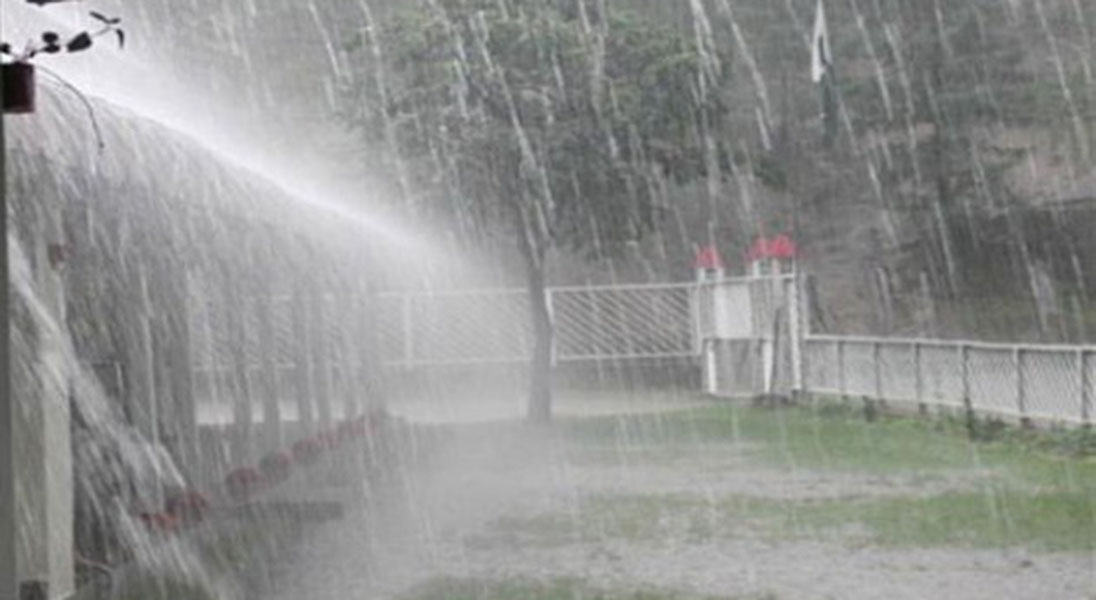
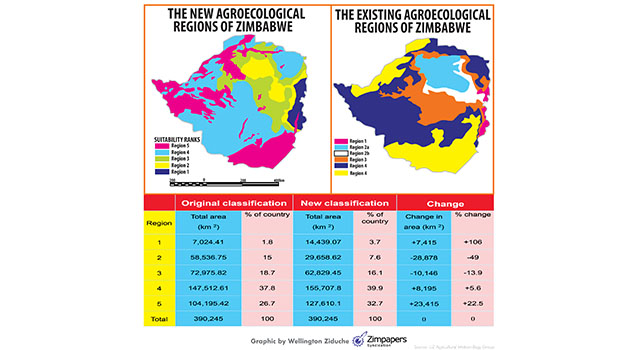
Comment